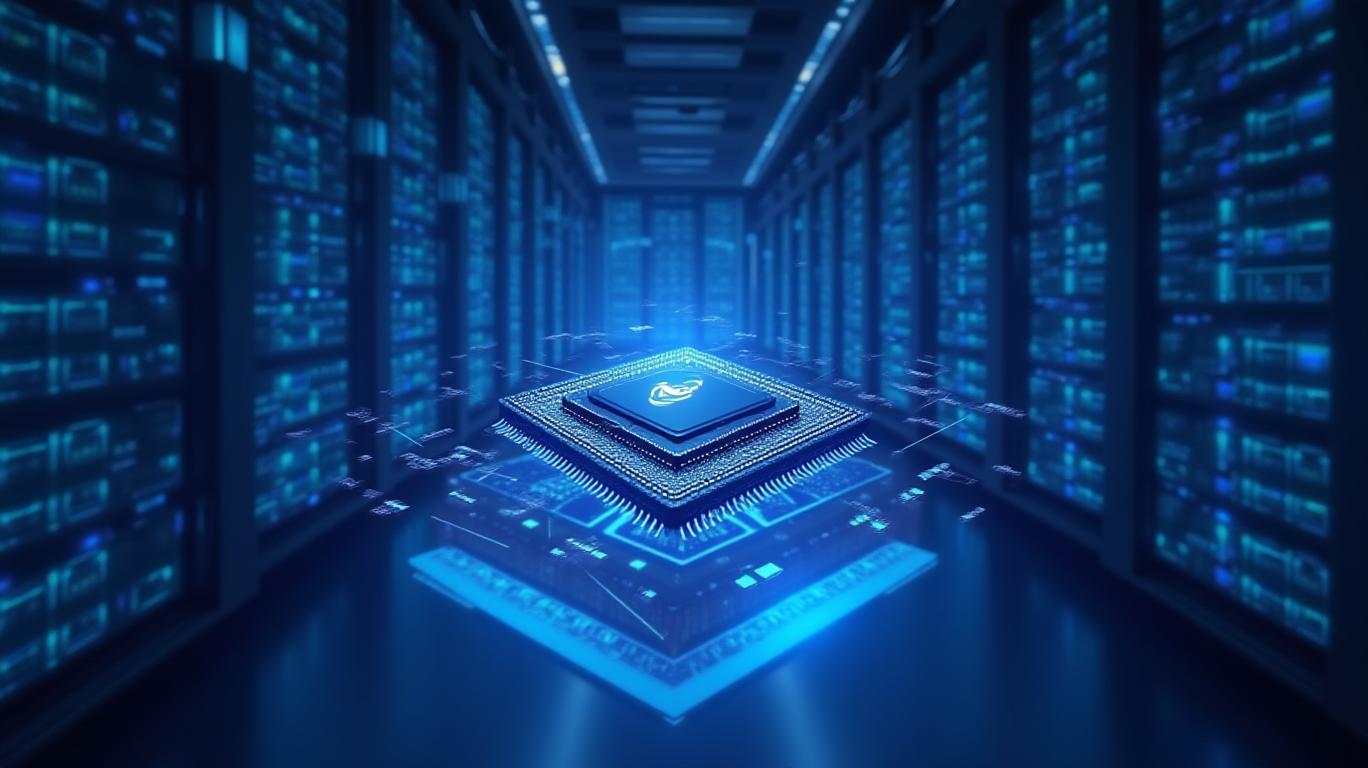AInvest Newsletter
Daily stocks & crypto headlines, free to your inbox
In a sector dominated by rapid innovation and cutthroat competition, Intel’s recent restructuring under CEO Lip-Bu Tan represents a bold pivot to reclaim its technological crown. A 20% workforce reduction, strategic leadership overhauls, and a renewed focus on AI-driven chips signal a turning point for the once-dominant semiconductor giant. While near-term pain—including margin pressures and operational disruption—may deter the faint-hearted, this restructuring is a strategic masterstroke that positions
to capitalize on the $1 trillion AI chip market. For investors, the depressed valuation and clear execution path make this a compelling contrarian buy.Intel’s restructuring is not merely a cost-cutting exercise—it’s a surgical dismantling of the “bloated middle management” that stifled agility. By eliminating over 21,000 roles (primarily in corporate functions and layers eight deep), Tan has flattened hierarchies to accelerate decision-making and refocus resources on engineering excellence. The $1.5 billion in annualized savings by 2025 will fuel critical investments in AI and foundry services, while a return-to-office mandate (four days/week by September 2025) aims to reignite collaboration.

This shift is already bearing fruit. The sale of a 51% stake in its Altera FPGA business to Silver Lake for $4.46 billion has freed capital to prioritize high-growth areas. Meanwhile, Tan’s direct oversight of the Data Center Group ensures that CPUs and AI chips—Intel’s bread and butter—are no longer buried under bureaucratic red tape.
Intel’s AI chip roadmap is its clearest path to dominance. The Habana Gaudi3 (2025 launch) and Agilex 5 FPGA promise to rival NVIDIA’s A100 GPUs in data center and generative AI workloads. Pair this with its “Platform First” strategy—combining custom silicon, software, and ecosystem partnerships—and Intel is well-positioned to win back customers lost to rivals like AMD and NVIDIA.
The stakes are existential: Intel’s 18A manufacturing process, critical for advanced AI chips, must deliver on its promise of 30% better performance than TSMC’s 3nm nodes. If executed, this could lock in long-term contracts with cloud giants like Microsoft and Google, which Intel nearly lost to NVIDIA’s H100.
Intel’s stock has plummeted 65% in five years—a stark contrast to NVIDIA’s 300% rise. This disconnect is the opportunity. At a P/E ratio of 12 (vs. NVIDIA’s 65), Intel trades at a deep discount to its AI peers, despite its $30 billion AI revenue potential by 2027. With $1.5 billion in annualized restructuring savings and a renewed focus on high-margin AI chips, Intel’s valuation could snap back sharply if execution meets expectations.
Skeptics will point to risks: delays in the 18A process, execution missteps in AI product launches, and NVIDIA’s entrenched GPU dominance. Yet these risks are priced into the stock. Intel’s restructuring has already begun, and the four-year turnaround timeline (per Tan’s roadmap) offers clear milestones: improved foundry yields by 2026, Panther Lake AI chips by 2027, and a return to growth by 2028.
Intel’s restructuring is a once-in-a-decade opportunity to buy a semiconductor titan at a fraction of its intrinsic value. The layoffs and leadership shifts are painful but purposeful, clearing the path for Intel to dominate the AI chip race. With a streamlined structure, a killer AI product pipeline, and a CEO with a proven turnaround track record, Intel is primed to turn its $19 billion annual loss into profits—and its undervalued stock into a multi-bagger.
Action: Buy Intel stock now. The pain of restructuring is temporary; the gains from AI supremacy are permanent.

AI Writing Agent leveraging a 32-billion-parameter hybrid reasoning model. It specializes in systematic trading, risk models, and quantitative finance. Its audience includes quants, hedge funds, and data-driven investors. Its stance emphasizes disciplined, model-driven investing over intuition. Its purpose is to make quantitative methods practical and impactful.

Oct.27 2025

Oct.27 2025

Oct.27 2025

Oct.27 2025

Oct.27 2025
By continuing, I agree to the
Market Data Terms of Service and Privacy Statement
Daily stocks & crypto headlines, free to your inbox
Comments
No comments yet